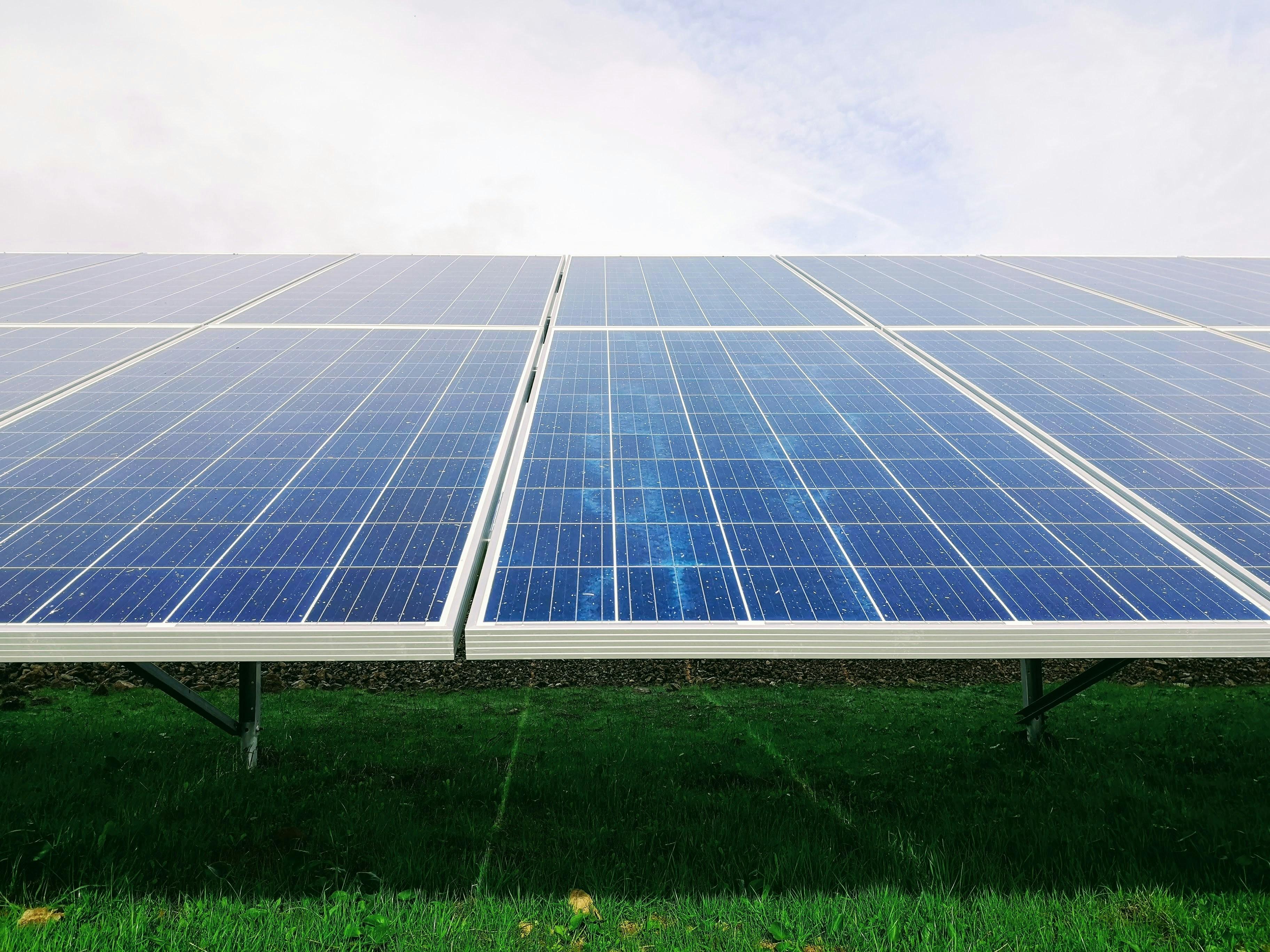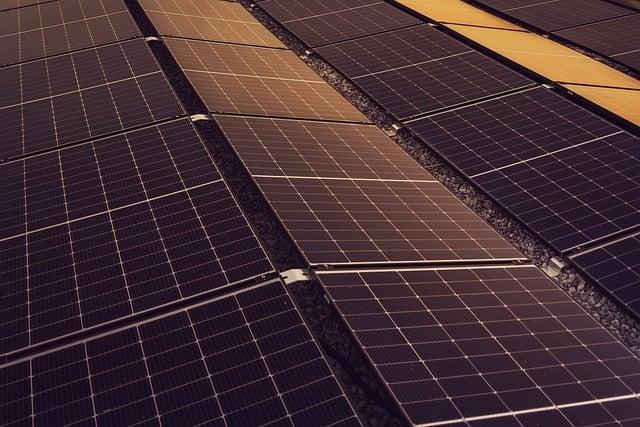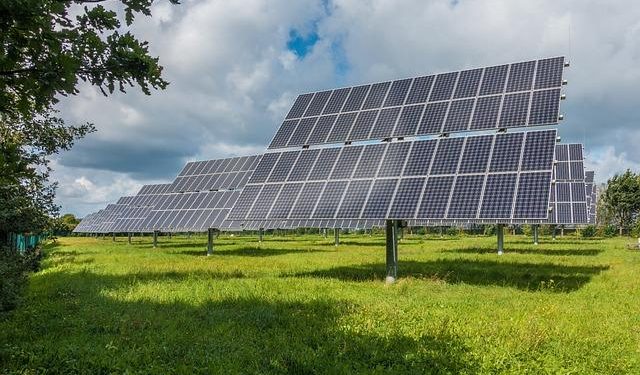In the heart of our most cherished landscapes, where nature’s artistry paints a canvas of untouched beauty, a new debate is stirring—one that pits preservation against progress. As the sun casts its golden glow over rolling hills and verdant valleys, a question emerges: should solar panels, heralds of sustainable energy, find a place in these protected sanctuaries? This discussion is not merely about technology or conservation; it is a reflection on our values and the delicate balance between harnessing the sun’s power and safeguarding the natural world. Join us as we explore the intricate dynamics of this debate, examining the potential impacts, both seen and unseen, of introducing solar panels into the pristine realms of protected landscapes.
Balancing Conservation with Renewable Energy Goals
In the quest to achieve sustainable energy goals, the placement of solar panels in protected landscapes presents a nuanced challenge. While the pursuit of renewable energy is critical for combating climate change, it must be balanced with the preservation of biodiversity and natural beauty. Conservationists argue that introducing solar installations in these areas could disrupt ecosystems, threaten wildlife, and alter the aesthetic value of the landscape. Conversely, proponents of solar energy highlight the potential benefits, such as reducing reliance on fossil fuels and contributing to local energy independence.
- Environmental Impact: Solar panel installations can lead to habitat fragmentation, which affects native species.
- Aesthetic Considerations: The visual impact of solar arrays may detract from the natural beauty that these landscapes are meant to protect.
- Energy Benefits: Solar panels provide clean energy, reducing carbon footprints and aiding in the fight against global warming.
- Economic Factors: Local communities could benefit from job creation and energy cost reductions.
Striking a balance requires innovative solutions, such as integrating solar technology with minimal landscape disruption or developing solar farms in less ecologically sensitive areas. By considering both conservation priorities and renewable energy goals, we can work towards a future where environmental preservation and sustainable energy coexist harmoniously.
Exploring the Impact of Solar Installations on Ecosystems
The expansion of solar energy projects into protected landscapes raises important questions about their ecological impact. While solar panels are celebrated for their role in reducing carbon emissions, their installation in sensitive areas can lead to habitat disruption and alterations in local ecosystems. Potential impacts include:
- Disruption of native flora and fauna due to land clearing and habitat fragmentation.
- Changes in soil composition and microclimates, potentially affecting plant and animal life.
- Possible interference with migratory patterns and breeding grounds for certain species.
Balancing renewable energy development with conservation efforts is crucial. Innovative approaches such as integrating solar installations with wildlife corridors or using dual-use land strategies, where solar panels coexist with agriculture or grazing, offer potential solutions. These strategies aim to mitigate environmental impacts while still harnessing the benefits of solar energy. The challenge lies in crafting policies that prioritize both ecological integrity and sustainable energy goals.

Navigating Legal Frameworks for Protected Landscapes
In the delicate dance between conservation and development, legal frameworks serve as the compass guiding decisions about renewable energy installations in protected landscapes. These frameworks are a tapestry of international treaties, national laws, and local regulations. Each level of governance brings its own priorities and challenges to the table, creating a complex legal landscape that must be navigated carefully. The primary goal is to ensure that the deployment of solar panels aligns with the overarching aim of preserving the ecological integrity and natural beauty of these areas.
- International Treaties: Instruments such as the UNESCO World Heritage Convention provide a broad framework for the protection of sites of outstanding universal value, including natural landscapes.
- National Laws: These laws often define what constitutes a protected landscape and establish the permissible activities within these areas.
- Local Regulations: Local governance structures may impose additional restrictions or requirements based on the specific environmental, cultural, or economic context.
To achieve a balance, stakeholders often explore innovative solutions such as biodiversity offsets or zoning strategies that allow for sustainable development without compromising conservation goals. By weaving through these legal intricacies, policymakers and environmentalists alike can find a harmonious path that supports both the urgent need for renewable energy and the enduring commitment to preserve our planet’s natural heritage.

Innovative Solutions for Harmonious Integration
Balancing the need for sustainable energy with the preservation of natural beauty requires creative solutions that do not compromise one for the other. Innovative strategies could involve the use of camouflaged solar technology, designed to blend seamlessly into the landscape, ensuring that the visual integrity of protected areas remains untouched. Moreover, community-based solar gardens could offer an alternative by situating panels in less sensitive areas, thus minimizing environmental disruption while still harnessing the sun’s power.
- Eco-friendly design: Implementing solar panels that mimic natural patterns and colors.
- Strategic placement: Utilizing rooftops or non-visible areas within the landscape to reduce visual impact.
- Collaborative governance: Engaging local communities and stakeholders in decision-making processes.
- Innovative technology: Developing transparent solar panels that can be integrated into existing structures without altering their appearance.
These approaches underscore the potential for solar energy to coexist with protected landscapes, promoting a future where technological progress and environmental conservation walk hand in hand.
In Conclusion
As the sun dips below the horizon, casting its final golden hues across the landscape, the debate over solar panels in protected areas continues to flicker like the last embers of daylight. The question remains complex, woven with threads of environmental preservation, technological advancement, and the urgent call for sustainable energy solutions. In this intricate tapestry, there are no easy answers, only the collective responsibility to balance progress with preservation. As we move forward, may our decisions be guided by a vision that honors both the earth’s natural splendor and the ingenuity of human innovation. Let us tread thoughtfully, ensuring that our pursuit of a brighter tomorrow does not dim the beauty of our treasured landscapes.

































